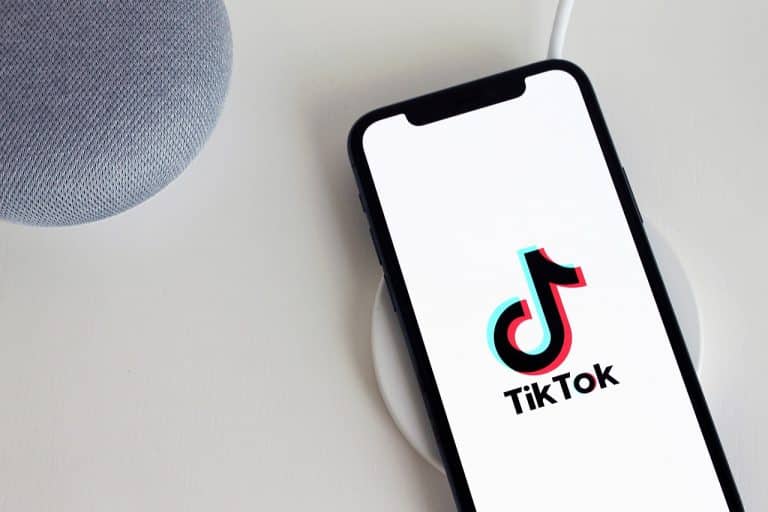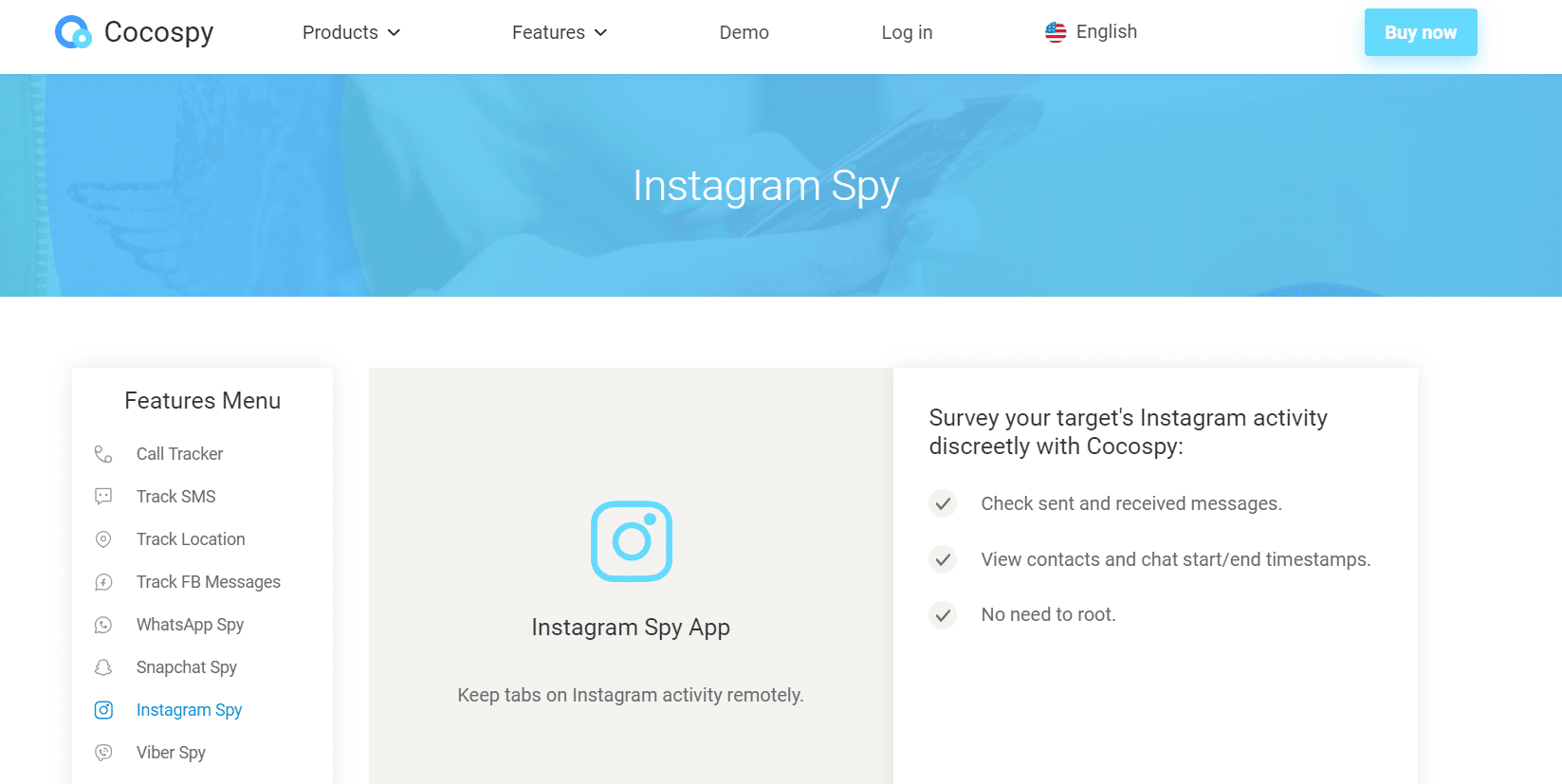The market is virtually flooded with companies competing for your attention… and your dollars. It makes sense. The internet makes it easier than ever for people to get their products and services in front of you. But what if what you’re looking for isn’t just more “stuff?”
What if what you want is an item you can count on to last? That makes the search a bit trickier because the space is crowded with businesses shouting “Pick me!” Here are some tips to navigate that space and find the quality you deserve.
Make a List of Items to Buy for the Long Term
Before you go shopping, start thinking about what you’re shopping for. It’s easy to scroll Amazon or Temu for what they insist you need. It’s no trouble to “add to cart.” And it’s only one more step to check out. But before you know it, you’re unhappy with your purchase, the item is falling apart far too soon, and you’re right back here.
Instead of taking that route once again, sit with a piece of paper or your digital notepad and make a list. Start with your essential items — clothes, bras, underwear, shoes, and jackets. It’s worth it to invest a bit more money in things you’ll wear for years to come. After you have your essentials, commit to only buying new items when you know you’re ready to invest in quality.
Read Product Descriptions
Next, when you do decide to buy something, go directly to the website of the manufacturer. There, you should be able to find product descriptions that give you insight into how they’re made. High-quality clothes will typically have 100% materials like cotton, wool, silk, or linen. If not 100%, the percentage should be close.
In contrast, low-quality clothing will be high in materials like polyester, acrylic, and nylon. Other items might include high amounts of plastic rather than wood or metal. They’ll also have parts joined together with glue, rather than screws or rivets. If the website doesn’t contain any information about how the products are made, that’s a reason to be wary.
Check the Rep
In this crowded market, companies have a rep to protect — a reputation, that is. You don’t want to buy anything from a company with a bad reputation. And thanks to the internet, you can find that out pretty quickly. A company with bad blood on the internet, especially recent bad blood, is best avoided.
How do you find out? A quick Google search will let you know if the company is having any current legal issues. You can also check out the website to see whether it looks legit or if it appears to be poorly designed. Head to the company’s social media as well. There, you can review the content, read the comments section, and scroll for a general vibe.
Read Reviews
If you’re still interested in this company, start reading reviews. Remember the general rule that people are much more likely to leave a bad review than a good one. If you see a company that doesn’t have a ton of reviews, that’s not necessarily a bad thing. But, if you see a ton of bad reviews, run. The people have spoken.
Make sure you’re reading reviews on trusted platforms, too. Amazon will have verified reviews you can trust. You may be able to trust the company website if you see a good mix. You can also check Google Reviews, Consumer Reports, CNET, and Capterra, depending on the product.
Pay Attention to Service
If you’re looking for a quality product, one great way to measure the company is by its customer service. If they offer a quality item, they should have an excellent service team because they’re dedicated to customer satisfaction. You can tell by chatting with online salespeople, sending a direct message through social media, or emailing the company directly.
Another service to watch for with any company you’re considering buying from is returns and refunds. One of the greatest selling points on Amazon is that the retail behemoth will take back virtually any item you purchase and refund your money in a matter of days, sometimes hours. Any company selling a product they can stand by should offer the same.
Beware of Suspicious Activity
Finally, if you feel suspicious for any reason, run. There are far too many scammers out there ready to take your money and disappear. Don’t give them the opportunity. Any business not willing to be upfront, offer secure payments, or provide you with any information you need is not worth it.
You can look up suspicious businesses on the Better Business Bureau. There, you’ll find out if this business has scammed people in the past. If you do come across a suspicious business, be sure to report it to the BBB. One giant red flag is a company offering a deal that seems too good to be true. It probably is. You’re always better safe than sorry.
While there are wonderful small businesses offering amazing products of high quality in the online space, there are also far too many scammers. Fast fashion may seem fun, but it also comes with lots of risks, not the least of which are losing your money and destroying the planet.
You can invest in high-quality products you’ll love for years, if not decades, to come. It just takes a little research and a little patience. Before you know it, you’ll be telling all your friends about your new favorite small business to support. You’ve got this!




















